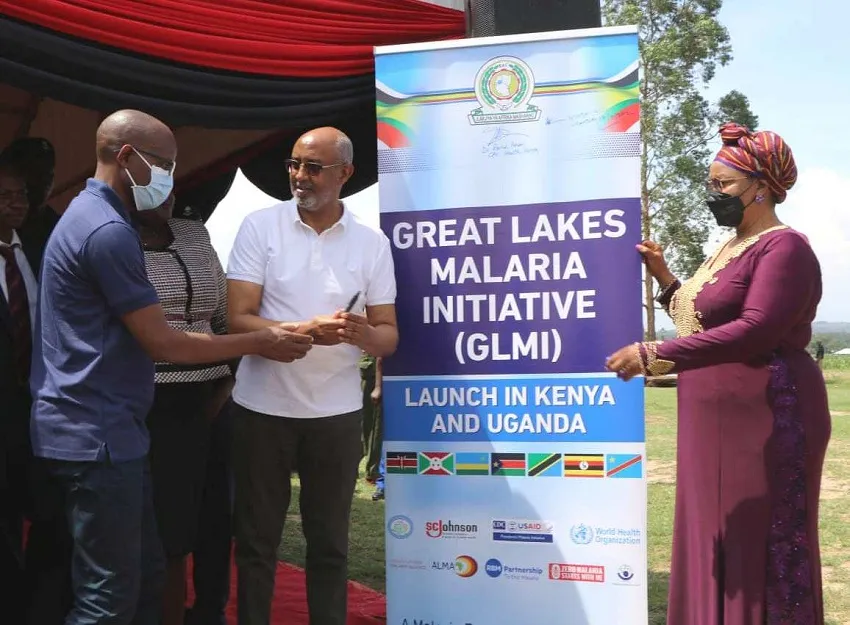Community Health Workers Champion Kenya’s COVID-19 Response
Wednesday, 8 April, 2020
Communities and community health workers matter and play a key role in responding to major disease outbreaks as demonstrated in the Ebola outbreak in West and Central Africa.
Community health workers provide essential community health services such as increasing access to health products and services, providing health education and reducing the burden on the formal health care system by managing non-complicated illnesses such as Malaria. They identify presumptive cases, trace contacts and link them to health facilities for further management.
As countries set up and implement national responses to the COVID-19 pandemic, we know that stopping and flattening the COVID-19 curve hinges on preventive measures and calling communities to action. Unfortunately, national planning is skewed to procurement-heavy interventions such as setting up of isolation facilities, personal protective equipment (PPEs), ventilators, etc. Whereas these are critical, community response should never be an afterthought. Studies have shown that engaging communities and CHWs late hinders an effective outbreak response.
Any COVID-19 response, especially in Sub-Sahara should quickly bring on board CHWs, define their roles and build their capacity to respond to while ensuring the continuity of routine community health services.
Amref Health Africa in Kenya together with the Ministry of Health’s Division of Community Health is convening an active Community Engagement Coordination Committee. We have brought on board national and international civil society organisations, humanitarian organisations, as well as national and county actors. This team has moved with speed to put in place a Community Engagement Strategy and Implementation Plan for COVID-19.
At week four (4) of the COVID-19 response, we have sensitized over 85% of the country’s CHWs and implemented targeted mobilisation of critical sub-populations that include people living in informal settlements, adolescents and youth, prison populations, pastoralist, and hard-to-reach populations, refugee and migrant populations, women, faith communities, people living with HIV, among others.
To deliver on this, Amref is riding on six decades of experience working with local communities, the investments in community health by the government of Kenya, partners, and donors such as the Global Fund and PEPFAR and we have begun to see the impact of this. Through the COVID-19 community response, CHWs have reached 2.5m household members in 27 counties and continue to contribute to the national response in an increasingly meaningful way.
Dr Benard Langat
Programme Director, HIV, TB, Malaria, and NCDs
Amref Health Africa in Kenya







Comments